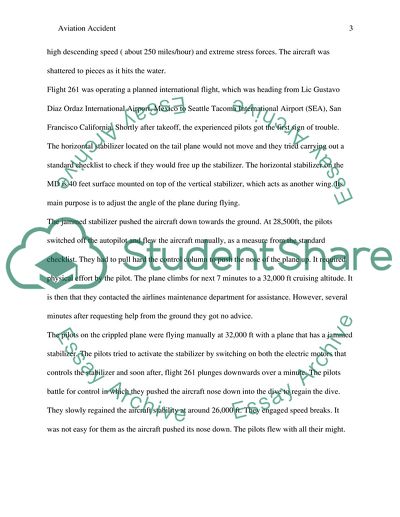Cite this document
(Aviation Accident - Alaska Airline Flight 261 Term Paper, n.d.)
Aviation Accident - Alaska Airline Flight 261 Term Paper. Retrieved from https://studentshare.org/history/1823307-aviation-term-paper
Aviation Accident - Alaska Airline Flight 261 Term Paper. Retrieved from https://studentshare.org/history/1823307-aviation-term-paper
(Aviation Accident - Alaska Airline Flight 261 Term Paper)
Aviation Accident - Alaska Airline Flight 261 Term Paper. https://studentshare.org/history/1823307-aviation-term-paper.
Aviation Accident - Alaska Airline Flight 261 Term Paper. https://studentshare.org/history/1823307-aviation-term-paper.
“Aviation Accident - Alaska Airline Flight 261 Term Paper”, n.d. https://studentshare.org/history/1823307-aviation-term-paper.


